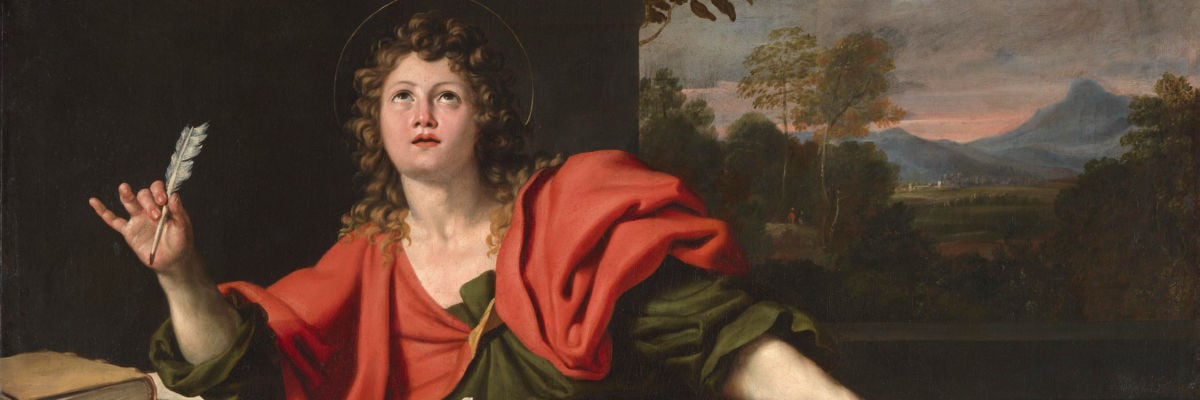
Question:
Answer:
This is the famous case of the so-called Comma Ioanneum or “Joannine parenthesis” that is found in some Greek and practically all Latin manuscripts of the epistle, both the Old Latin version and St. Jerome’s Vulgate revision. It is a matter of opinion whether the passage was in the original text of the apostle’s epistle. Today it is pretty much settled that it was not, but was an importation into the Greek text of a Latin addition. Even so, the Council of Trent declared St. Jerome’s Vulgate Latin version to be authentic and representative of the Church’s faith and always acceptable in doctrinal disputations. So whether the passage is in the original or was added later, it is certainly a reliable expression of the Church’s faith.
It is also not settled as to whether this text was added by an inspired author or not. Scripture scholars can make historical-critical judgments, but they are beyond their pay grade if they try to decide the inspiration of a text. After all, whole books have been removed from the canon of Sacred Scripture by those (the Rabbis of Jamnia and the founders of the Protestant churches) who thought they could decide inspiration by critical standards of language. The omission of this passage in any given version of the Bible says little about whether its addition was inspired.
Practically, in English the only versions to retain it are the King James, the Douay-Rheims, and the Knox. Modern translations all omit it, even those for liturgical use. Of course, the text is found in the readings and chants of the traditional rites of the liturgy and in the Byzantine rite universally. This fact also gives it a certain authority.
The full text in the context of this “Joannine parenthesis” is, using the Douay version based on the Vulgate Latin, and putting the words of the comma in Italics, is:
7And there are three who give testimony in heaven, the Father, the Word, and the Holy Ghost. And these three are one.
8And there are three that give testimony on earth: the spirit, and the water, and the blood: and these three are one.



